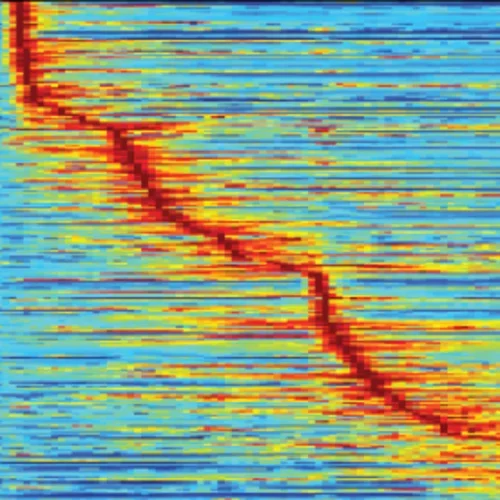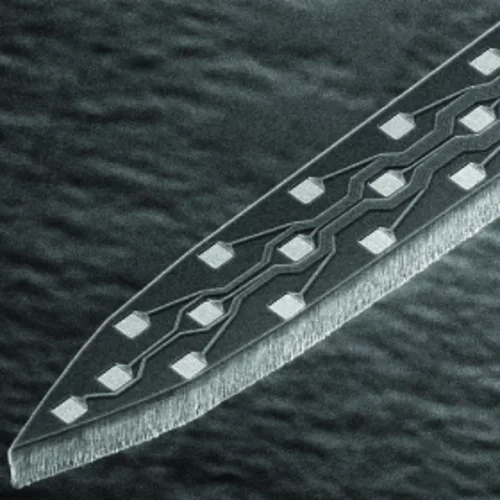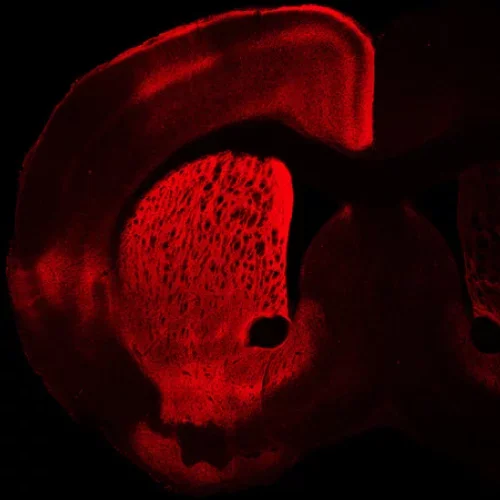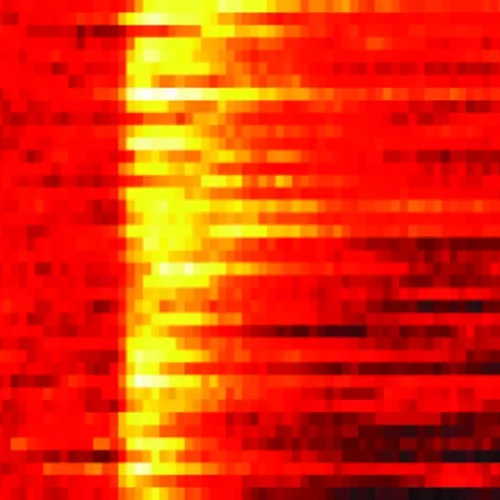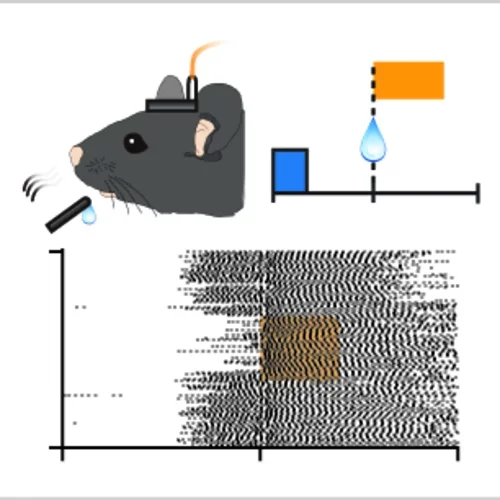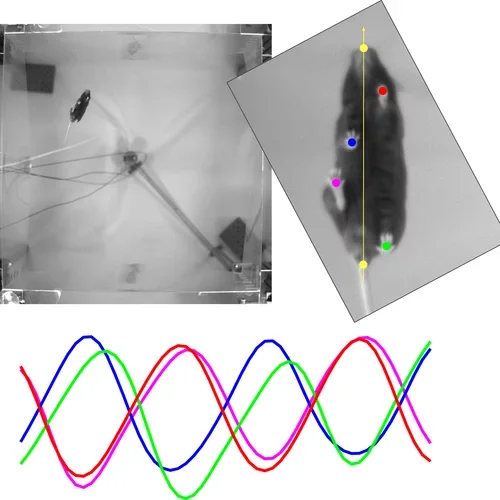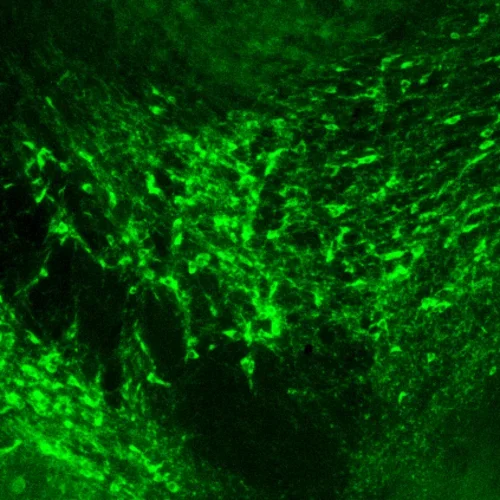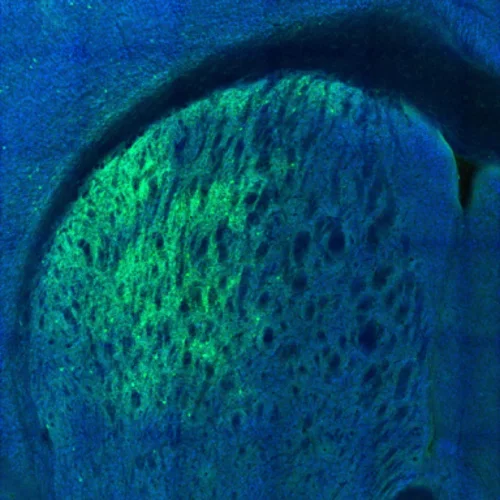Masmanidis Lab
Research
The main goal of our lab is to better understand the neural basis of learning and movement. Our approach includes measuring and manipulating the neural dynamics of different brain areas and cell types. Some ongoing projects and relevant publications are outlined below.
1. Dopaminergic and Striatal Roles in Reward Conditioning.
The ability to associate specific sensory stimuli with rewarding events is one of the most essential and widely studied forms of learning since Pavlov's famous experiments. But, in many situations, animals need not only learn what reward they will get, but also when they will get it, allowing them to proactively prepare for reward consumption. We are investigating how dopaminergic and striatal circuits mediate the learning, execution, and timing of reward-conditioned movements.
The learning primacy hypothesis of dopamine: reconsidering dopamine’s dual functions
- Review explaining our departure from the popular view that dopaminergic neurons serve important roles in both reinforcement learning and the performance of movements, two fundamentally distinct processes. Instead, we propose a comparatively limited dopaminergic contribution to movement (i.e., learning has primacy).
Constraints on the Subsecond Modulation of Striatal Dynamics by Physiological Dopamine Signaling
- Study examining how striatal dynamics are shaped by different levels of dopaminergic neuron input.
2. Comparing Neural Codes for Movement and Time Across the Brain.
The ability to produce well-timed movements is a fundamental aspect of brain function. While many brain areas are implicated in movement and timing, our understanding of the distinct contributions of different areas remains limited. We are using multi-region neural recordings to compare how the striatum and cortex represent various behavioral measures of movement and elapsed time.
Complementary cortical and striatal encoding of locomotor preparation and performance
- Preprint reporting on a previously unknown, complementary neural coding scheme for movement in corticostriatal circuits.
Neural Sequences as an Optimal Dynamical Regime for the Readout of Time
- Study looking at how the quality of neural sequences compares between the striatum and secondary motor cortex, and how these sequences can be used to read out time. This was done in close collaboration with Dean Buonomano's lab.
3. Altered Neural Coding of Movement in Parkinson's Disease Models.
Impaired gait is a major and debilitating motor symptom in Parkinson's disease, for which the underlying mechanisms are not fully understood. We are investigating how basal ganglia activity representing locomotion and gait is altered in mouse models of Parkinson's disease.
Dopamine Lesions Alter the Striatal Encoding of Single-limb Gait
- In this paper we examined the effect of dopamine loss on the encoding of locomotion and gait in striatal D1 and D2 spiny projection neurons.
